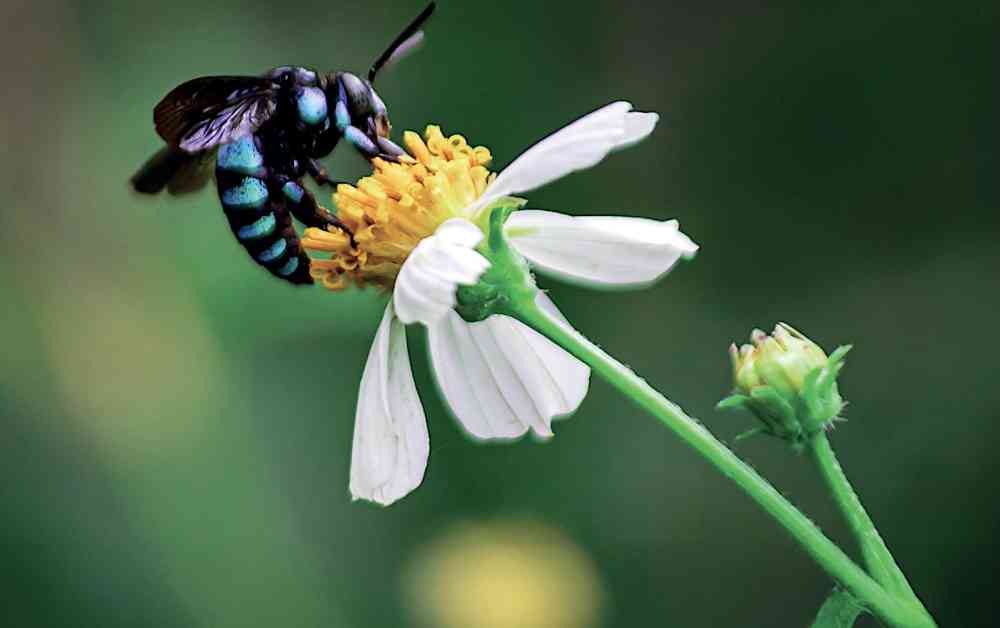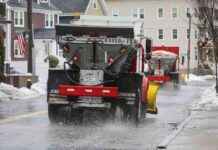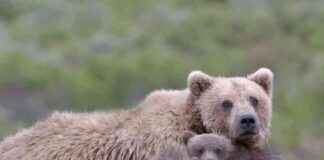A neon cuckoo bee was spotted pollinating a flower at the University of Reading, adding a pop of color to the campus. The bee’s vibrant appearance caught the attention of many students and faculty members, showcasing the beauty of nature in an urban setting.
It’s no surprise that the University of Reading is a hub for environmental research and conservation efforts. With a strong focus on biodiversity and ecosystem services, the university is at the forefront of studying and protecting pollinators like bees. The sight of the neon cuckoo bee in action serves as a reminder of the important role these insects play in our ecosystem.
As we approach United Nations World Bee Day on May 20, the significance of bees and other pollinators cannot be understated. A recent report from Bee:wild, a science-led campaign dedicated to saving bees worldwide, highlights the emerging threats facing these vital creatures. From war zones to microplastic pollution, bees are facing challenges that could impact their populations in the coming years.
The lead author of the report, Simon Potts, a professor at the University of Reading, emphasizes the need to act early to protect pollinators and prevent further declines. With nearly 90 percent of flowering plants and three-quarters of the world’s major crops dependent on pollinators, the stakes are high. It’s not just a matter of conservation but also about safeguarding our food systems, climate resilience, and economic security.
As the report outlines the 12 biggest emerging threats to pollinators, it becomes clear that a multi-faceted approach is needed to address these challenges. From antibiotic pollution to air pollution and pesticide cocktails, the threats facing bees are varied and complex. By raising awareness and taking action at the individual level, we can all contribute to the protection of pollinators and the sustainability of our planet.
In the face of these challenges, the Bee:wild campaign offers hope and agency to individuals. Planting flowering plants, providing outdoor shelter, and adopting healthier, pesticide-free diets are just a few ways we can support pollinators in our daily lives. By working together to implement solutions at the local, national, and global levels, we can ensure a brighter future for bees and other pollinators.
The importance of safeguarding pollinators extends beyond their role in nature. Pollinator protections can have ripple effects across ecosystems, improving water storage, soil health, and carbon capture. By making informed choices today, we can shape a more sustainable future for all living things on Earth.
As we celebrate World Bee Day and reflect on the challenges facing pollinators, let us remember that the choices we make matter. Whether it’s planting a garden, advocating for stronger environmental policies, or supporting conservation efforts, each of us has a role to play in protecting bees and ensuring the health of our planet. Let’s work together to preserve the beauty and diversity of our natural world for generations to come.














